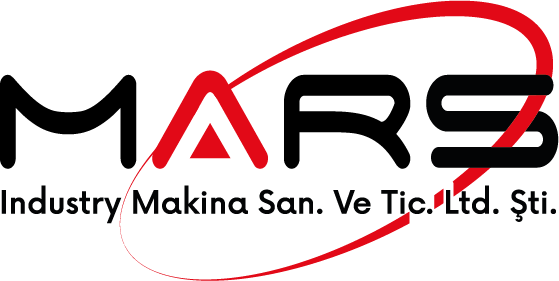
CMM (Coordinate Measuring Machine) performs high-precision 3D measurements to validate dimensions and GD&T callouts. This guide covers how CMM works, probe technologies, uncertainty and calibration, reporting practices, and cost drivers. A CMM collects points in X–Y–Z with a probe and reconstructs geometric features (diameters, planes, cylinders, cones, profiles). The goal is to verify drawing dimensions, tolerances, and form/position tolerances such as true position, flatness, and cylindricity. Position (⌀TP), concentricity, parallelism, perpendicularity, flatness, cylindricity, and profile tolerances are reliably validated with CMM. Datums (A–B–C) must be well defined; the measurement strategy should follow this reference frame. Overall performance depends on machine specs, probe calibration, operator technique, and environment. Repeatability (same conditions) and reproducibility (across operators/conditions) are key metrics for quality assurance. Standard reports include measurement tables, pass/fail tolerance status, deviation maps, and ballooned drawings. Upon request we provide CSV, PDF, DXF, and 3D point-cloud exports. For a fast quote, share your drawing with highlighted critical dimensions via our contact page. STEP/IGES (3D) and PDF/DWG/DXF (2D) preferred. Ballooned drawings speed up planning. Dimension tables, tolerance results, deviation plots, optional point clouds, and SPC summaries. Yes. We provide fast First Article Inspection and concise reports.CMM Measurement: Fundamentals, Methods, Accuracy, and Reporting
What Is a CMM?
Probe Technologies
Measurement Process
GD&T Applications
Accuracy, Repeatability & Uncertainty
Calibration & MSA (GR&R)
Reporting & Data Output
Cost Drivers
FAQ
Which file formats do you accept?
What’s included in your reports?
Do you offer quick FAI for prototypes?

 Türkçe
Türkçe